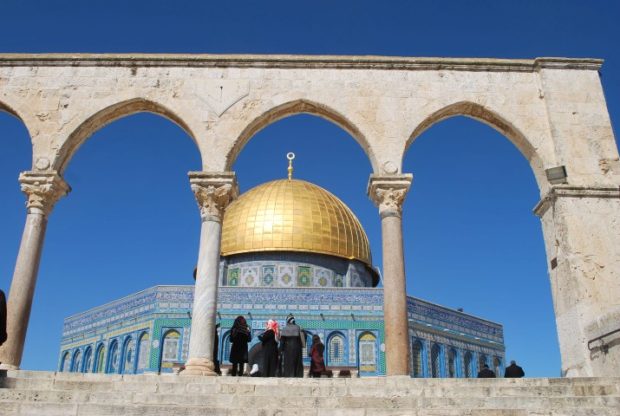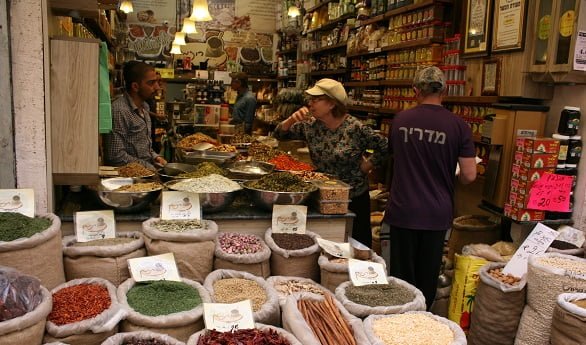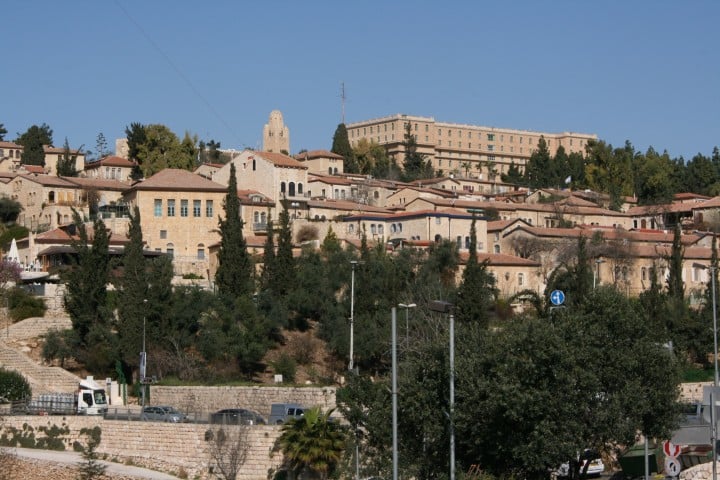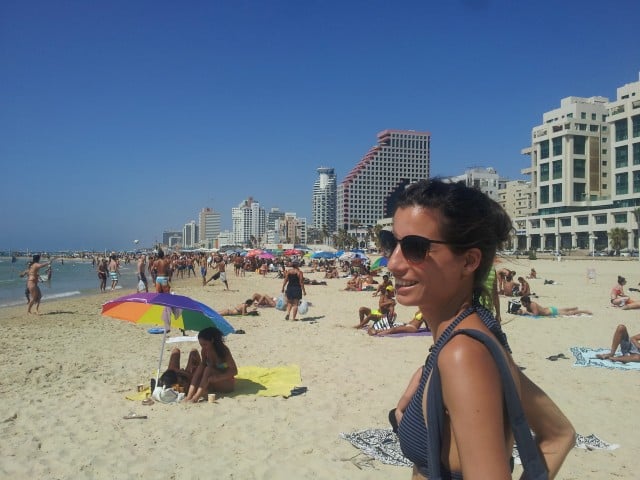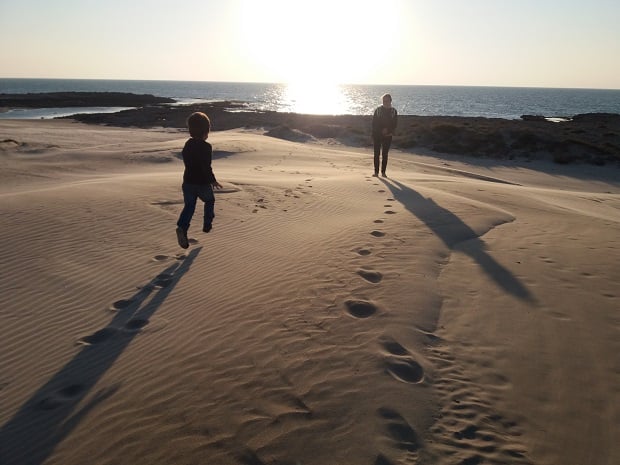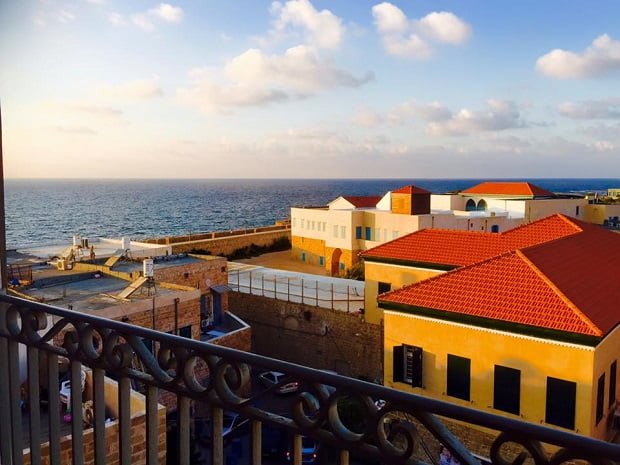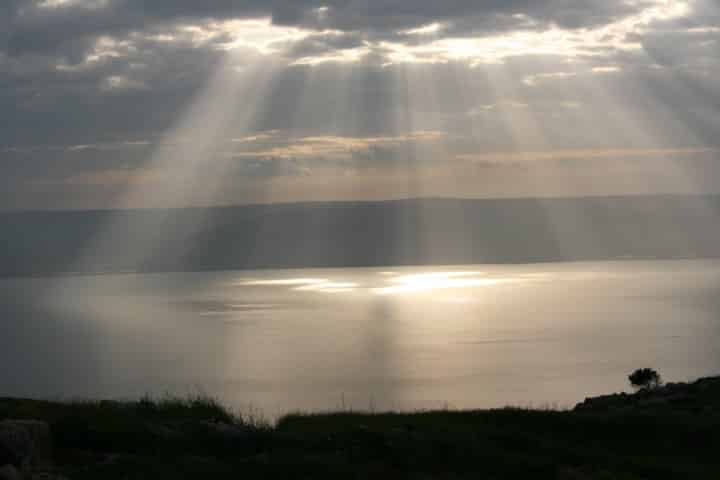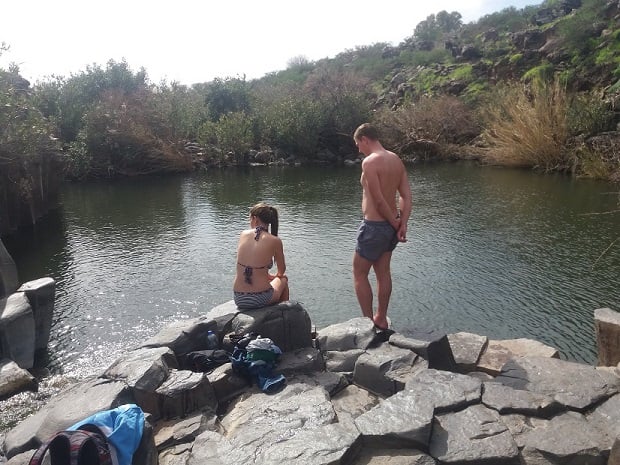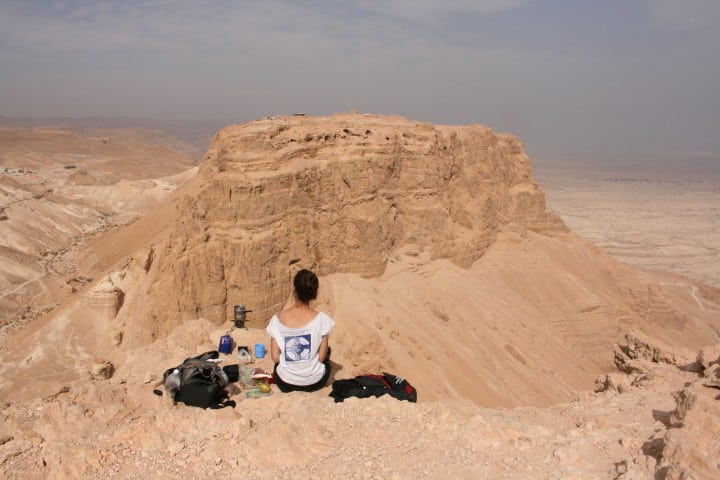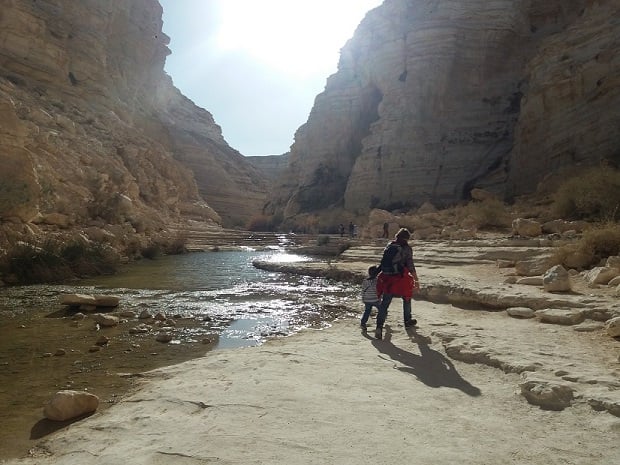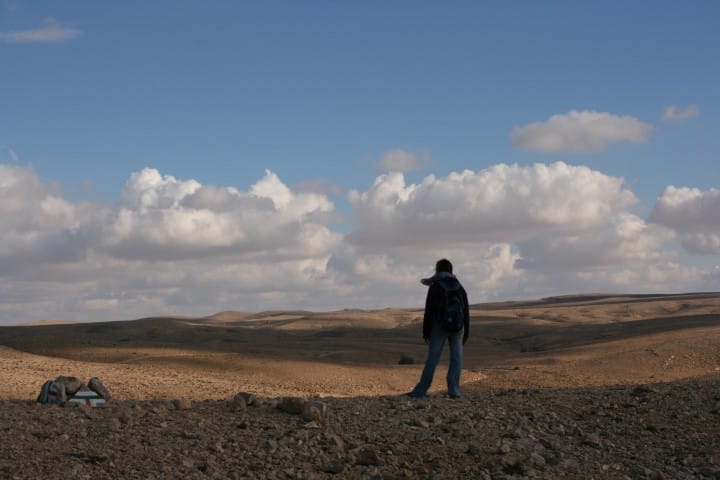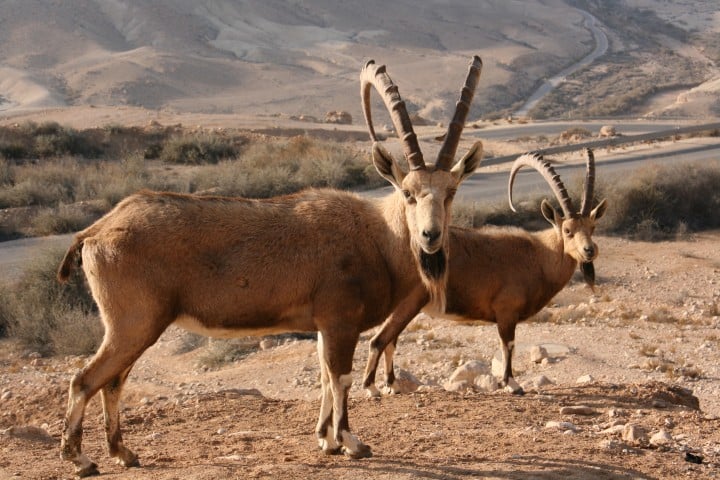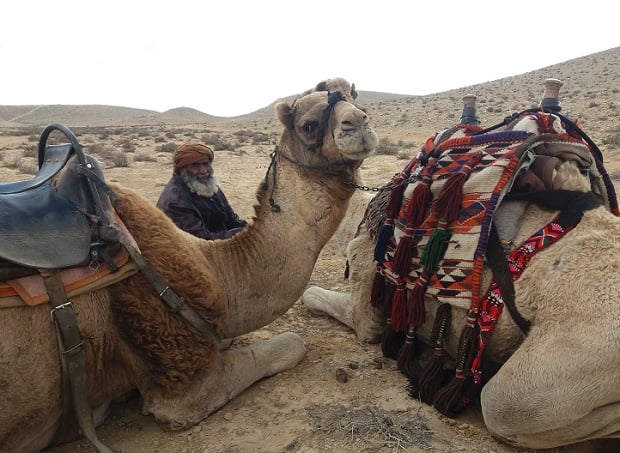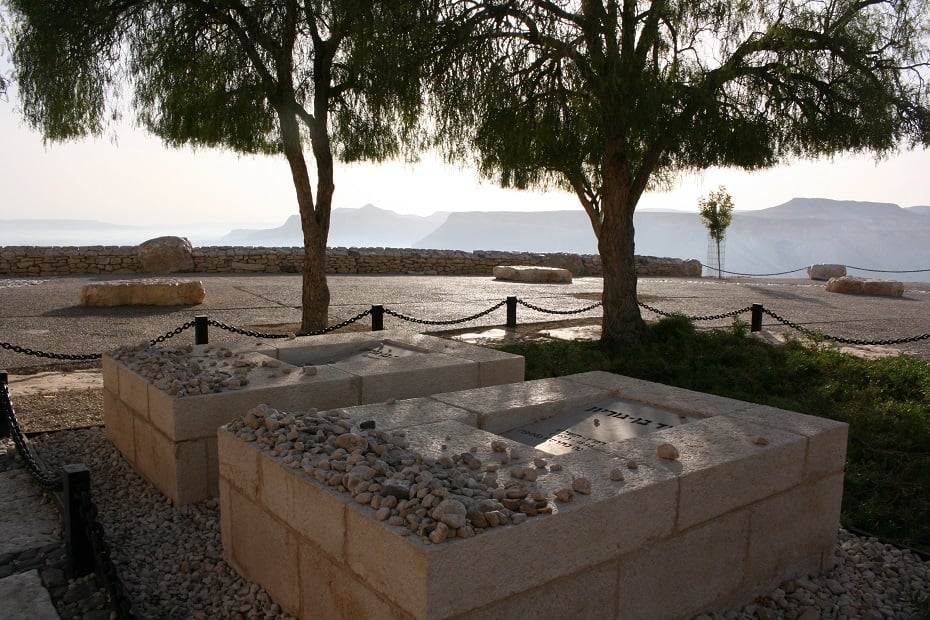From the Golan Heights, drive down Road 90 (through the West Bank) to the Judaean Desert. Masada and the Dead Sea are sights not to be missed. Other interesting sites are Qaser El Yahud, Ein Gedi National Park, and Qumran, the site that was inhabited by a small but very interesting sect 2,000 years ago, and where the Dead Sea Scrolls were found.
Related links: 48 Hours in the Judean Deset, Best accommodation in Masada & Dead Sea
